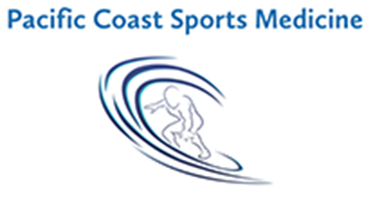What Is PRP?
Platelet-rich plasma (PRP) is a concentrated portion of your own blood that contains a high level of platelets - small blood cells that play a key role in tissue signaling and healing responses. PRP is created by drawing a small amount of blood, then spinning it in a centrifuge to isolate and concentrate the platelets.
Researchers are currently studying PRP to understand how its natural growth factors may support the body's repair systems.
Why Do People Ask About PRP?
Many patients ask about PRP after hearing about its use in professional sports or wellness clinics. While its use is still under study, some doctors may offer PRP in select cases when traditional treatments haven't provided adequate relief.
How Is PRP Used in Orthopedics?
Although not FDA-approved for treatment, PRP may be considered under physician supervision for investigational use in cases such as:
- Mild to moderate joint or tendon irritation
- Discomfort from repetitive use or overuse
- Adjunctive care for musculoskeletal symptoms
- Situations where patients want to delay surgery or reduce medication use
Clinical results vary from person to person, and benefits are not guaranteed.
What to Expect During the PRP Procedure
The process typically takes about 30 minutes in the office:
- A small blood draw is taken (usually 10-0 mL).
- The blood is spun in a centrifuge to isolate the platelet-rich portion.
- The PRP is injected into the area of concern, sometimes using ultrasound guidance.
- Local anesthetic may be used to reduce discomfort during injection.
After the Procedure
- Mild soreness is common for a few days
- Ice packs may help with comfort
- Avoid anti-inflammatory medications like ibuprofen or naproxen for 7-10 days
- You can usually return to light activities within 24-48 hours
- Follow your physician-s specific guidance on when to resume exercise or rehab
Risks and Considerations
As with any injection, there are potential risks:
- Temporary swelling or soreness
- Infection (rare)
- Local irritation or tissue changes (very rare)
- No guaranteed improvement
Each patient's response to PRP is different, and more research is needed to define its role in orthopedic care.
FDA Disclaimer: Platelet-rich plasma (PRP) is not approved by the U.S. Food and Drug Administration (FDA) to diagnose, treat, cure, or prevent any disease. PRP is considered investigational when used for orthopedic conditions and should be used only under physician supervision. This content is intended for educational purposes only and does not substitute for professional medical advice.




